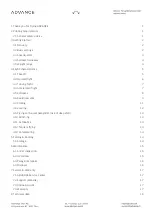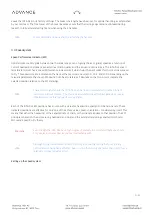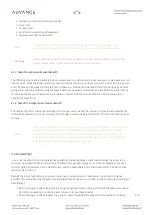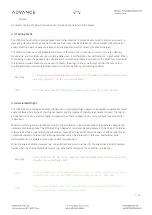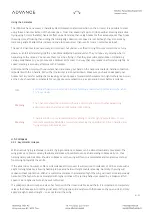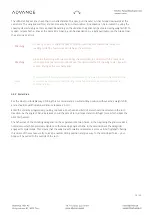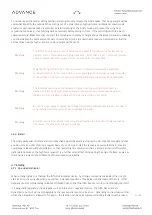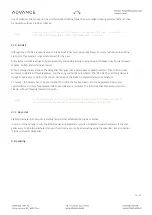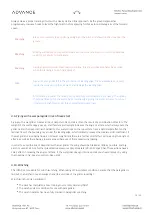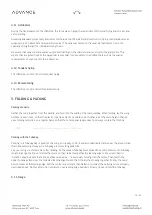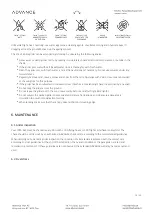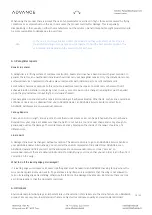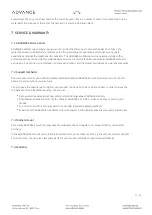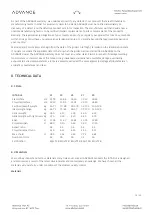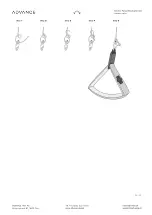
risk of collapse). The canopy can be arrested while shooting forward by well-judged braking. Normal flight can then
be resumed without a further collapse.
Hint
Basically, in all out-of-control flight situations, but especially the onset of a one-sided
stall, you should immediately release both brakes fully – hands up!
4.7.2. Fullstall
Although the IOTA DLS responds early to brake input it has very long brake travel, and very high brake load at the
stall point. This means a large safety margin for the pilot.
Entry into a fullstall is achieved by progressively and symmetrically pulling down both brake lines. Forward speed
reduces. Airflow and wind noise reduce.
After reaching minimum speed the paraglider first goes into a brief phase of parachutal stall. Then further brake
will cause complete airflow breakaway, and the wing will fall back in fullstall. The IOTA DLS has a strong desire to
fly again, but is easy to hold in the stall. A half wrap of the brakes is recommended to fly fullstalls.
To recover, the canopy has to be pre-inflated. To do this the brakes should, at first, be released slowly and
symmetrically, and only fully released when pre-inflation is complete. The IOTA DLS then flies away relatively
cleanly, without shooting forward too much.
Hint
As a basic principle you should immediately and fully release both brakes in all out-of-
control situations, then be prepared to control the resulting surge carefully.
4.7.3. Deep stall
Stable parachutal stall cannot be established, whether attempted by brake or B-stall.
In rain, or if the canopy is wet, the IOTA DLS like all paragliders, is more vulnerable to parachutal stall. If the wet
glider were to go into parachutal stall you should recover only by accelerating using the speedbar. See also section
“Flying with a wet paraglider”.
4.8. Landing
12 / 20
Summary of Contents for IOTA DLS
Page 1: ...PRODUCT MANUAL IOTA DLS Product Manual Version...
Page 23: ...20 20...


